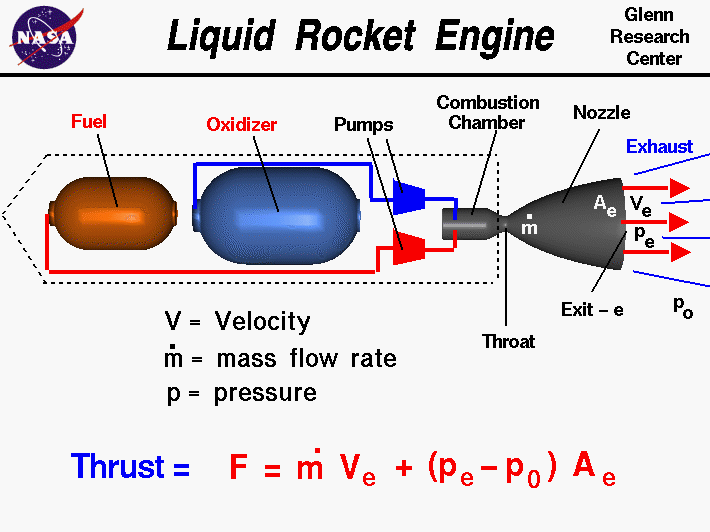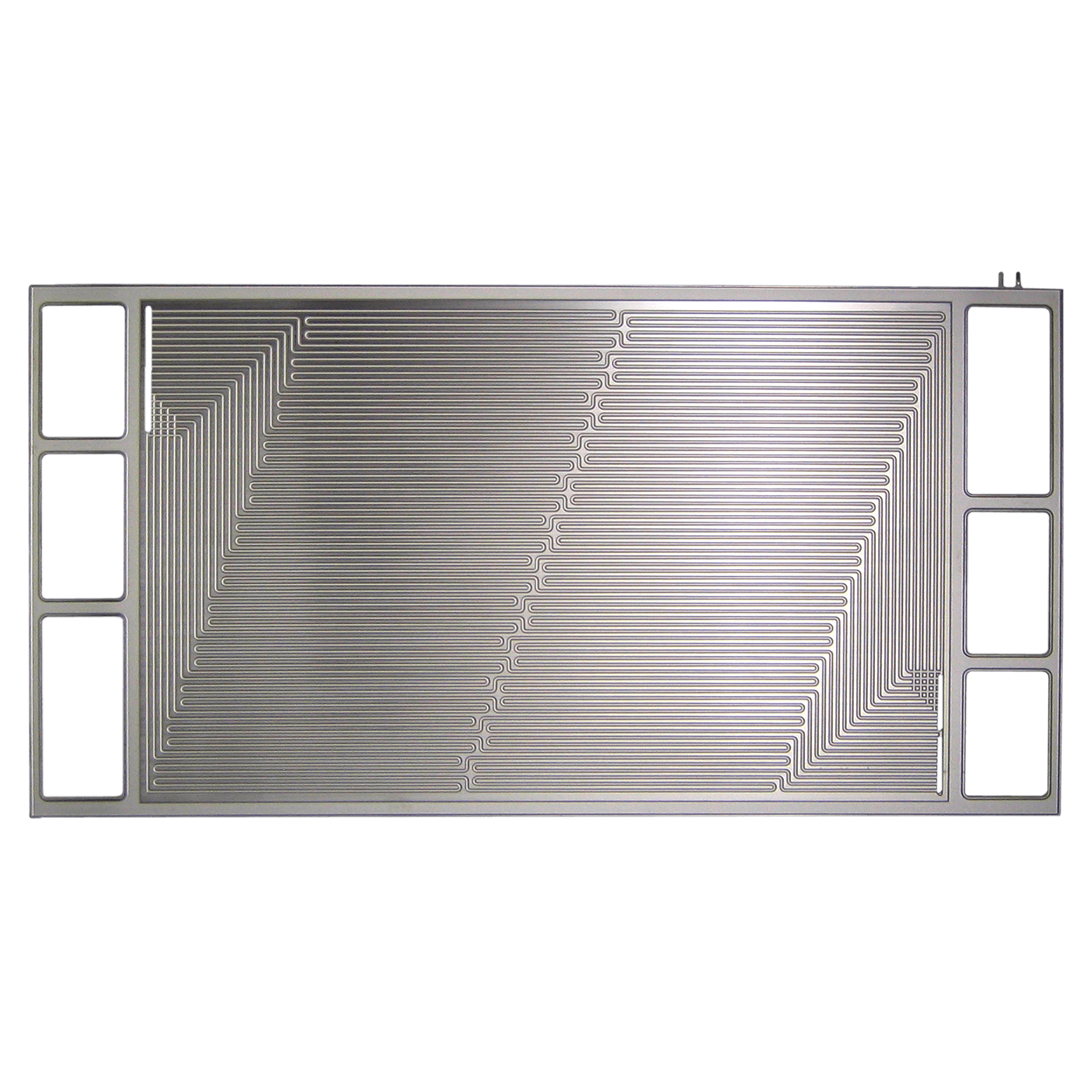

Additionally, condensed-phase products do not perform any expansion work. This far lower percentage of condensed-phase products that are produced by the combustion of KNPSB results in a significant performance gain, due to far less two-phase flow losses through the nozzle. The condensed-phase products of KNPSB comprise a mass percentage of 25.1%, whereas the mass percentage of condensed-phase products for KNSB is 43.6%. Herein lies a key difference between combustion of these two propellants. This differs from KNSB, which has potassium carbonate as the sole condensed-phase product. The condensed-phase products of KNPSB are potassium carbonate (K2CO3) and potassium chloride (KCl). The gaseous products are primarily CO and H2O with lesser amounts of CO2, N2 and H2.

Table 1 - Excerpt from Propep analysis of KNPSB The primary products of combustion are hi-lited. The combustion of KNPSB produces both gaseous and condensed-phase products, as is shown in Table 1. a given motor will hold greater propellant mass). Density impulse relates the amount of impulse (force × time) delivered by a propellant per unit of volume (i.e. This high mass density is advantageous for a rocket propellant in terms of density (specific) impulse. The resulting propellant density of KNPSB is 1.923 g/cc. For comparision, KN has a density of 2.11 g/cc. KP has a particularly high mass density of 2.52 g/cc. KP is non-hygroscopic and has no hydrates, which is a beneficial feature for a rocket propellant component. KP is nearly insoluble in cold water, and has the lowest solubility of the alkali metal perchlorates (1.7 g in 100 mL of water at 20 ☌). Physical appearance of KP is a white, chalky solid that readily forms a fine powder when lightly ground. Potassium Perchlorate is usually made by double decomposition of Potassium Chloride and Sodium Perchlorate (whereby Sodium Perchlorate is synthesized by electrolysis of Sodium Chloride). Potassium Perchlorate is a strong oxidizer, more so than potassium nitrate. For convenience, it is often referred to as KP. Potassium perchlorate is an inorganic salt with the chemical formula KClO 4.

Knowing what percentage of KP to substitute for the original 65% KN was something of a guess (although I prefer to label this as an art!).The static firing of the motor was successful and provided good data which allowed for a starting point for characterizing this new propellant formulation.
#Fuel cell constant surface area when burning shape rocket trial#
Initial trials of melting sorbitol with a blend of KN and KP were sufficiently encouraging that I proceded with the construction of a test motor utilizing a trial formulation. Sorbitol melts at a low enough temperature that is well below the decomposition point of KP (>400 o)C.). KNSB seemed a natural choice to try with this approach. It is known that one approach to dealing with the problem of high pressure exponent is to blend such an oxidizer with one that is known to produce a stable burning propellant, such as potassium nitrate. Higher burning rate leads to even greater chamber pressure with potentially catastrophic consequences (= CATO). A high value of "n" (say n=0.8 or higher) leads to large changes in burning rate with relatively small changes in chamber pressure. Where "r" is burn rate (typically in mm/sec), "a" is the burn rate coefficient and "P" is the chamber pressure. The pressure exponent, as described in my Solid Propellant Burn Rate webpage, is the value of "n" in the St.Robert burn rate expression Potassium Perchlorate is well-known as an oxidizer that is challenging to 'tame' due to the high pressure exponent it imparts upon any propellant it is formulated with. I came up the the idea for KNPSB propellant after several unsuccessful attempts to develop a workable propellant that utilizes potassium perchlorate as the sole oxidizer. KNPSB is basically KNSB propellant formulated with Potassium Perchlorate (KP) as a supplemental oxidizer. KNPSB is a newly developed rocket propellant that is an enhanced performance version of the familiar KNSB (Potassium Nitrate-Sorbitol) propellant. Richard Nakka's Experimental Rocketry Web Site


 0 kommentar(er)
0 kommentar(er)
